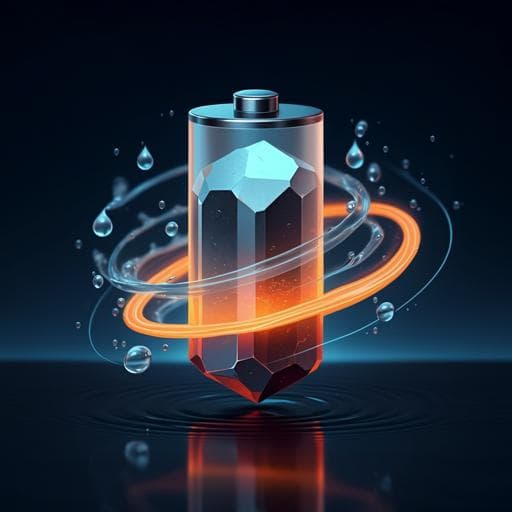
Engineering and Technology
Toward waterproof magnesium metal anodes by uncovering water-induced passivation and drawing water-tolerant interphases
Y. Li, X. Feng, et al.
This groundbreaking research conducted by Yuanjian Li, Xiang Feng, Gaoliang Yang, Wei Ying Lieu, Lin Fu, Chang Zhang, Zhenxiang Xing, Man-Fai Ng, Qianfan Zhang, Wei Liu, Jun Lu, and Zhi Wei Seh unveils the formation of detrimental MgH₂ during the passivation of magnesium in aqueous environments. Discover how a revolutionary hydrophobic interphase design results in stable cycling of magnesium batteries, paving the way for advancements in multivalent metal battery technology.
~3 min • Beginner • English
Related Publications
Explore these studies to deepen your understanding of the subject.







